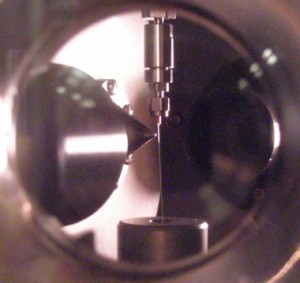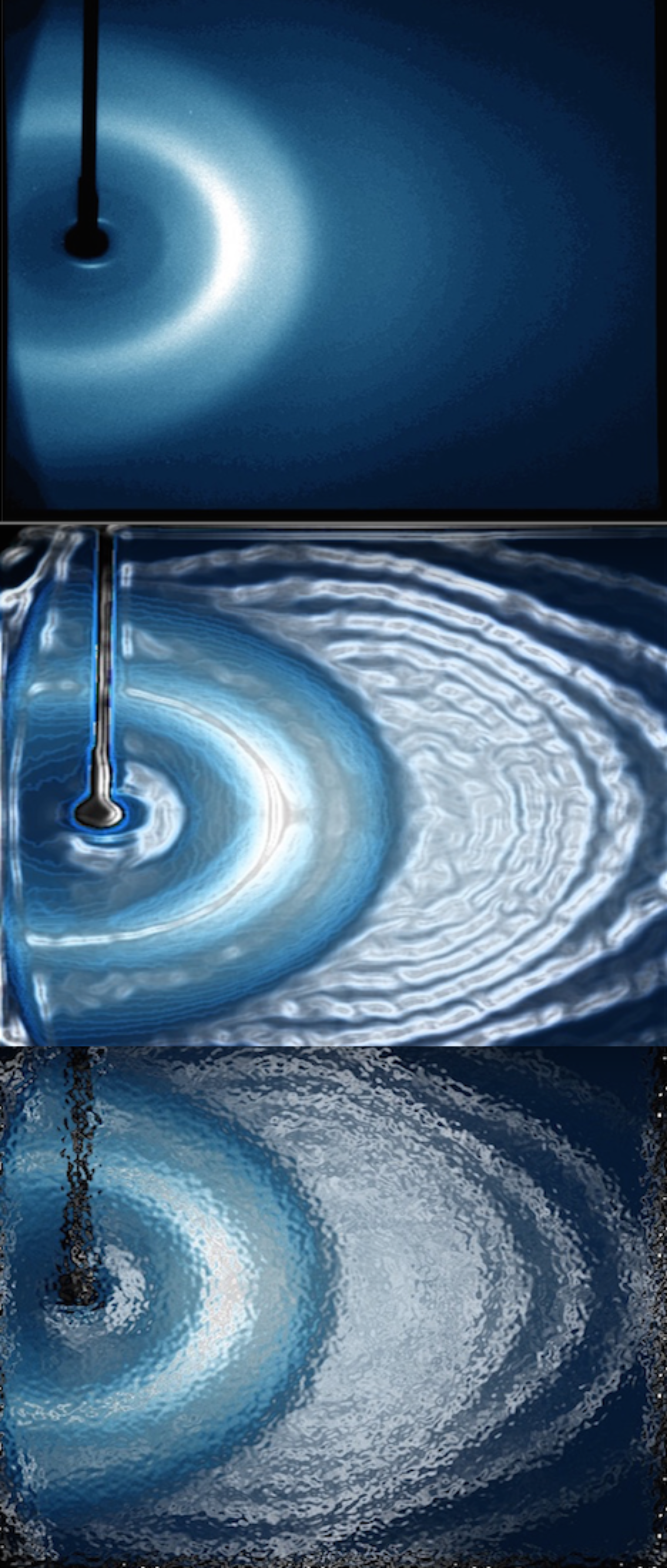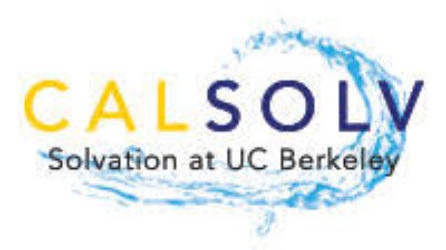Invited Lectures
- D. Neumark. MURI Meeting OSU. Columbus, Ohio. November 16-17, 2017. “Attosecond Dynamics in Liquid Jets”
- D. Neumark. ACS SWRM 2017. Lubbock, Texas. October 29-November 1, 2017. “Electron Interactions with Nucleic Acid Constituently in Clusters and Liquid Jets” Keynote Lecture
- D. Neumark. MURI 2016 Meeting. Tucson, Arizona. November 13-15, 2016. “Femtosecond and Attosecond Dynamics in Liquid Jets”
- D. Neumark. CECAM: Computational Methods for Modeling Multiply-Charged Droplets. Geneva, Switzerland. July 4-9, 2016. “Dynamics of Electron Solvation in Clusters and Liquid Jets”
- D. Neumark. ISMB2015, XXVI edition of the International Symposium on Molecular Beams. Segovia, Spain. June 28-July 3, 2015. “Time-Resolved Radiation Chemistry: Interaction of Excess Electrons with Nucleic Acid
Constituents in Clusters and in Aqueous Solution” - D. Neumark. University of Orsay. Paris, France. May 2015. “Time-Resolved Radiation Chemistry: Dynamics of Excess Electrons in Clusters and Liquid Jets”
- D. Neumark. Leipzig, Germany. April 2015. “Time-Resolved Radiation Chemistry: Dynamics of Excess Electrons in Clusters and Liquid Jets”
Effect of hydration on electron attachment to solute molecules

Electrons dissolved in aqueous solution, hydrated electrons, are species of fundamental interest in a broad range of the physical sciences, from condensed phase physical chemistry to radiation biology.1, 2 There is considerable interest in gaining a microscopic physical understanding of how hydrated electrons attach to solute molecules. For example, there is now a substantial body of evidence indicating that low energy electrons can attach to nucleic acid constituents (nucleobases, nucleosides, and nucleotides), and that this attachment step leads to single and double strand breaks in DNA.3, 4 In our group, we have performed “time-resolved radiation chemistry” experiments in which time-resolved photoelectron spectroscopyprobes the dynamics of electron attachment to DNA and RNA bases in binary, gas phase iodide-nucleobase anion complexes.5-7 The basic scheme of these experiments is as follows:
![Rendered by QuickLaTeX.com \ce{I^{-}NB ->[\ce{h\nu_{pu}}] I\cdot NB^{-} ->[\ce{\Delta t{,}h\nu_{pr}}] I\cdot NB + e^{-}{,} I{+}NB{+}e^{-}} \ce{\hspace{0.8in} v} \hspace{3in} (1) \ce{\hspace{0.2in} I \cdot NB{+}e^{-}{,} I{+}NB{+}e^{-}}](https://calsolv.berkeley.edu/wp-content/ql-cache/quicklatex.com-9c456290cbaf29713e83fa92950bf7a0_l3.png)
Here, a femtosecond pump pulse detaches an electron from the iodide anion. This electron can get captured by the nucleobase, forming either a diffuse dipole-bound state or a more strongly bound valence anion. The subsequent dynamics of these species are monitored by photodetachment with a femtosecond probe pulse and measurement of the resulting photoelectron spectrum.
The focus of our work in CAL-SOLVE will be to probe the effect of hydration on these electron attachment dynamics. The experiments will be carried out in two different environments: gas-phase anion clusters and liquid water microjets. In the gas phase experiments, we will investigate clusters of the type I‾(H2O)nNB to test how stepwise microhydration affects the timescales and dynamics of electron attachment to the nucleobase. For example, we find in the binary clusters that dipole-bound nucleobase anions are initially formed at pump energies near the vertical detachment energy of the anion, while valence bound anions are formed at higher pump energies. In either case, the nucleobase anion decays solely by autodetachment. In the microhydrated anions, we expect the presence of water molecules to affect the initial branching between dipole-bound and valence states, and new decay channels (i.e. solvent evaporation) will open up.
Complementary experiments will be carried out in liquid water microjets. There, we will carry out time-resolved experiments of aqueous solutions of iodide and nucleic acid constituents, in which iodide anions will be photodetached by a femtosecond pump pulse, and the subsequent chemistry of the released electrons will be monitored by a femtosecond probe pulse that ejects the electrons into vacuum. We8 and others9-11 have carried out time-resolved photoelectron spectroscopy measurements on electrons in pure solvents (water and methanol); the goal here will be to observe the effect of nucleic acid constituents as electron acceptors. Our experiments will reveal the time scale for electron attachment to these species, and will also yield their electron affinities.
- L. Turi and P. J. Rossky, Chem. Rev. 112, 5641 (2012).
- E. Alizadeh and L. Sanche, Chem. Rev. 112, 5578 (2012).
- B. Boudaiffa, P. Cloutier, D. Hunting, M. A. Huels, and L. Sanche, Science 287, 1658 (2000).
- J. Simons, Accts. Chem. Res. 39, 772 (2006).
- S. B. King, M. A. Yandell, A. B. Stephansen, and D. M. Neumark, J. Chem. Phys. 141(2014).
- M. A. Yandell, S. B. King, and D. M. Neumark, J. Am. Chem. Soc. 135, 2128 (2013).
- S. B. King, M. A. Yandell, and D. M. Neumark, Faraday Discuss. 163, 59 (2013).
- M. H. Elkins, H. L. Williams, A. T. Shreve, and D. M. Neumark, Science 342, 1496 (2013).
- K. R. Siefermann, Y. X. Liu, E. Lugovoy, O. Link, M. Faubel, U. Buck, B. Winter, and B. Abel, Nature Chemistry 2, 274 (2010).
- T. Horio, H. Shen, S. Adachi, and T. Suzuki, Chem. Phys. Lett. 535, 12 (2012).
- A. Lubcke, F. Buchner, N. Heine, I. V. Hertel, and T. Schultz, Phys. Chem. Chem. Phys. 12, 14629 (2010).

